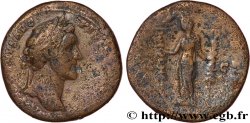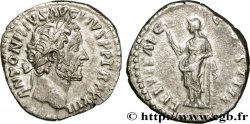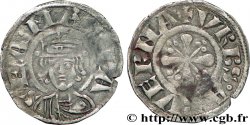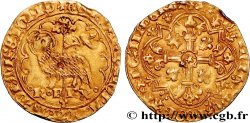Not available.
Item sold on our e-shop (2015)
Price : 350.00 €
Item sold on our e-shop (2015)
Price : 350.00 €
Type : Tetrassaria
Date: c. 139-161
Mint name / Town : Sidé, Pamphylie
Metal : copper
Diameter : 29 mm
Orientation dies : 12 h.
Weight : 15,18 g.
Rarity : INÉDIT
Coments on the condition:
Exemplaire sur un flan large et irrégulier et bien centré des deux côtés, bien venu à la frappe, de haut relief. Beau portrait d’Antonin. Joli revers. Belle patine verte, légèrement granuleuse
Catalogue references :
Obverse
Obverse description : Buste lauré, drapé et cuirassé d’Antonin le Pieux à droite, vu de trois quarts en arrière (A*2).
Obverse legend : AUTOK AEU P P - ANTWNEIN-OS, (Autokrator Aelios Patri Patridos Antwneinos)
Obverse translation : ‘L’empereur Aelius père de la patrie Antonin).
Reverse
Reverse description : Athéna casquée et drapée debout à droite, tenant une grenade de la main gauche tendue et une longue javeline de la gauche.
Reverse legend : SI-DH-TwN, (Sidhtwn)
Reverse translation : (de Sidé).
Commentary
Légende de droit tout à fait inhabituelle. Semble inédit et non répertorié. Manque à tous les ouvrages consultés. Semble de la plus grande rareté.
A highly unusual legal legend. Appears to be unpublished and unlisted. Missing from all consulted works. Appears to be extremely rare.
A highly unusual legal legend. Appears to be unpublished and unlisted. Missing from all consulted works. Appears to be extremely rare.








 Report a mistake
Report a mistake Print the page
Print the page Share my selection
Share my selection Ask a question
Ask a question Consign / sell
Consign / sell
 Full data
Full data















